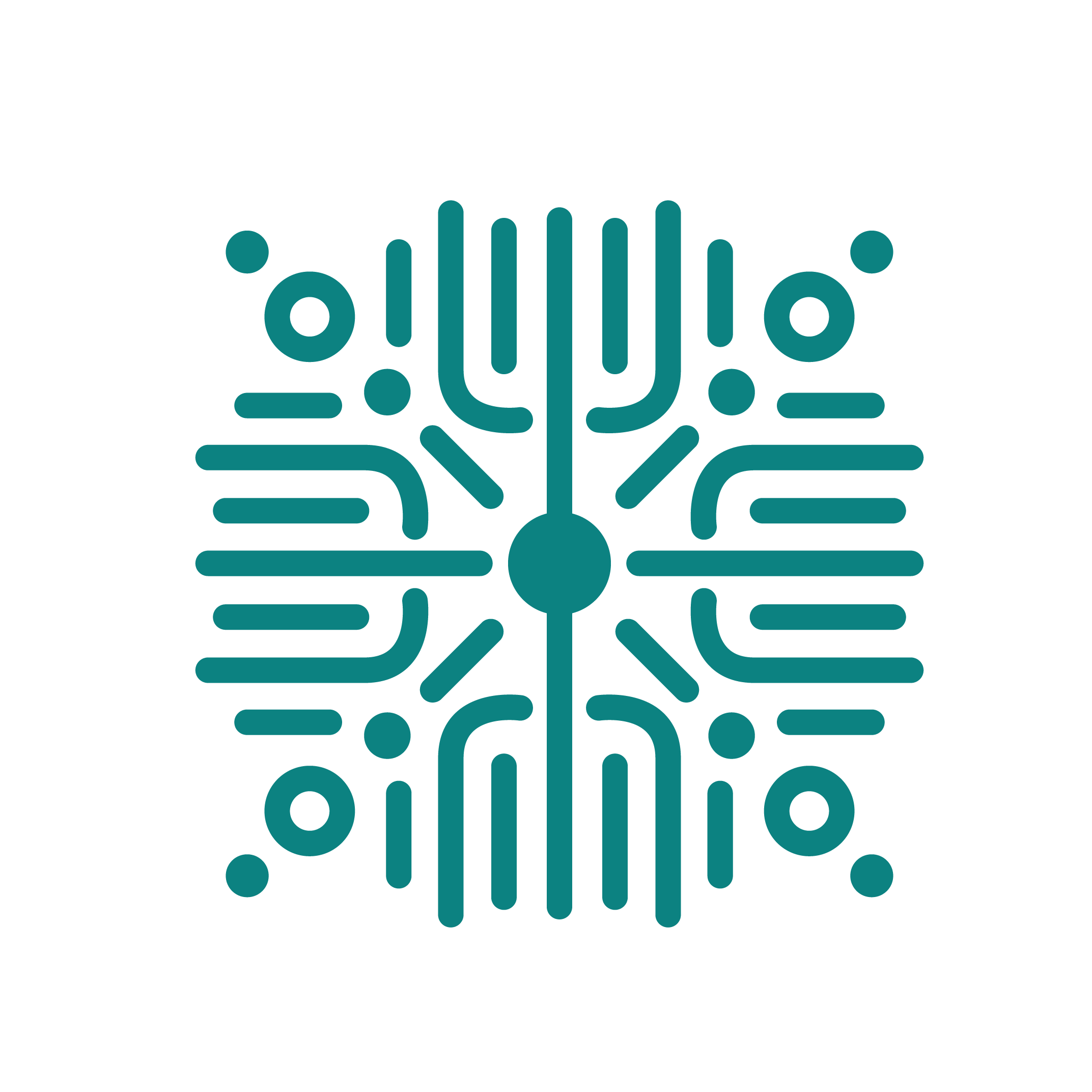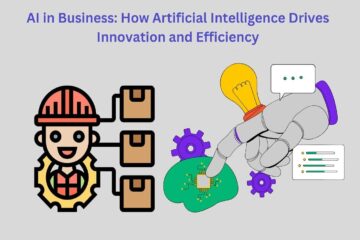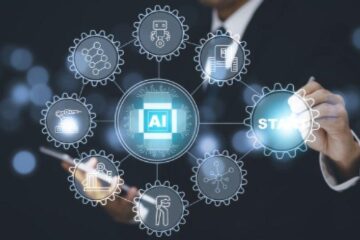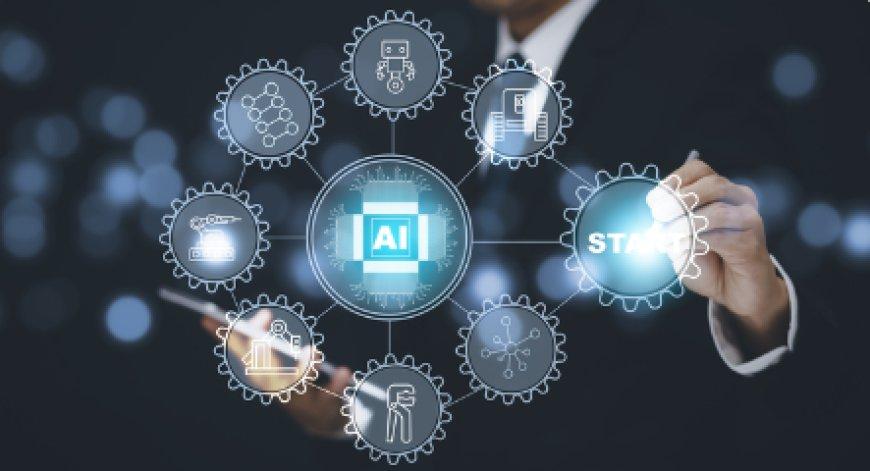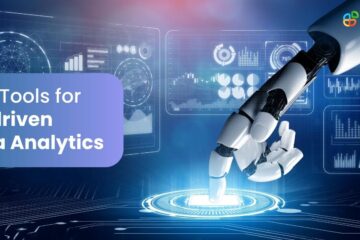
AI tools for business
In an era where innovation and efficiency reign supreme, businesses are continuously seeking tools that not only streamline operations but also enhance decision-making processes. Enter artificial intelligence—a transformative technology that has transcended the realm of science fiction to become a vital asset in the corporate toolkit. From automating mundane tasks to generating insightful analytics, AI tools are reshaping the way organizations operate. This article delves into the diverse landscape of AI applications tailored specifically for business, exploring how these cutting-edge solutions are driving productivity, fostering creativity, and enabling companies to thrive in an increasingly competitive marketplace. Whether you’re a seasoned entrepreneur or a budding startup, join us as we navigate the compelling world of AI-powered business tools and discover how they can be leveraged to propel your organization into the future.
Harnessing the Power of AI for Enhanced Decision Making
In today’s fast-paced business environment, the ability to make informed decisions quickly can set a company apart from its competitors. By integrating AI tools into their decision-making processes, organizations can analyze vast amounts of data at unprecedented speeds. These tools leverage machine learning algorithms to identify patterns and trends, enabling leaders to forecast outcomes more accurately. For instance, AI can assist businesses in:
- Predictive Analytics: Anticipating future trends based on historical data.
- Risk Assessment: Evaluating potential risks before they affect operations.
- Customer Insights: Gaining a deeper understanding of customer preferences and behavior.
Moreover, AI-driven decision-making can enhance collaboration across departments by providing a unified platform for data analysis and reporting. This collaborative approach ensures that all team members are aligned and informed about the factors influencing organizational strategies. For example, a table summarizing key performance indicators (KPIs) can help visualize data in real time:
| KPI | Current Value | Target Value | Change (%) |
|---|---|---|---|
| Sales Growth | 15% | 20% | -25% |
| Customer Retention | 82% | 90% | -8.3% |
| Market Share | 25% | 30% | -16.67% |
By utilizing such data-driven insights, businesses can adapt their strategies to meet imminent challenges effectively, ultimately fostering a culture of continuous improvement and innovation.

Streamlining Operations with Innovative AI Solutions
In today’s fast-paced business environment, harnessing the power of AI is no longer a luxury but a necessity. Organizations are increasingly turning to innovative AI solutions to enhance efficiency and reduce operational bottlenecks. By implementing intelligent automation tools, companies can streamline workflows, minimize human error, and boost overall productivity. Some of the standout features of these innovative solutions include:
- Predictive Analytics: Utilizing historical data to forecast future trends and make informed business decisions.
- Natural Language Processing: Enabling more intuitive human-computer interactions and automating customer service inquiries.
- Robotic Process Automation: Using AI to perform repetitive tasks, freeing up valuable human resources for more strategic initiatives.
Moreover, businesses can benefit tremendously from customized AI-driven strategies tailored to their unique needs. These solutions not only help in identifying inefficiencies but also facilitate smooth collaboration across teams. Below is a compact comparison of how various AI tools effectively drive operational excellence:
| AI Tool | Core Functionality | Benefits |
|---|---|---|
| AI Chatbots | 24/7 customer support | Improves customer satisfaction, reduces response time |
| Data Mining Tools | Analyzing vast datasets | Uncovers hidden patterns, drives strategic insights |
| Supply Chain Optimization | Resource allocation | Minimizes costs, enhances efficiency |

Elevating Customer Experience through Intelligent Automation
In today’s fast-paced business environment, companies are increasingly turning to intelligent automation solutions to transform their customer interactions. By harnessing AI tools, businesses can deliver services that are not only faster but also more personalized. This seamless integration of technology into customer service enables organizations to meet customer demands swiftly, while also gathering valuable insights about customer preferences and behavior. Key advantages of implementing intelligent automation include:
- 24/7 Availability: Automated systems can provide round-the-clock support, ensuring that customers receive assistance whenever they need it.
- Personalized Experiences: AI can analyze customer data to tailor interactions, enhancing satisfaction and loyalty.
- Efficiency in Operations: Automating routine tasks frees up human employees to focus on more complex issues, improving overall productivity.
Furthermore, intelligent automation can help businesses reduce operational costs while improving response times. When implemented effectively, AI tools can streamline communication channels, making them more accessible and user-friendly. Consider the following table that outlines the impact of automation on key performance metrics:
| Metric | Before Automation | After Automation |
|---|---|---|
| Response Time | 10 minutes | 30 seconds |
| Customer Satisfaction Score | 75% | 90% |
| Operational Costs | $100,000 | $60,000 |
Ultimately, businesses that successfully implement these AI-driven strategies will not only enhance their customer experience but also gain a competitive edge in their respective markets.
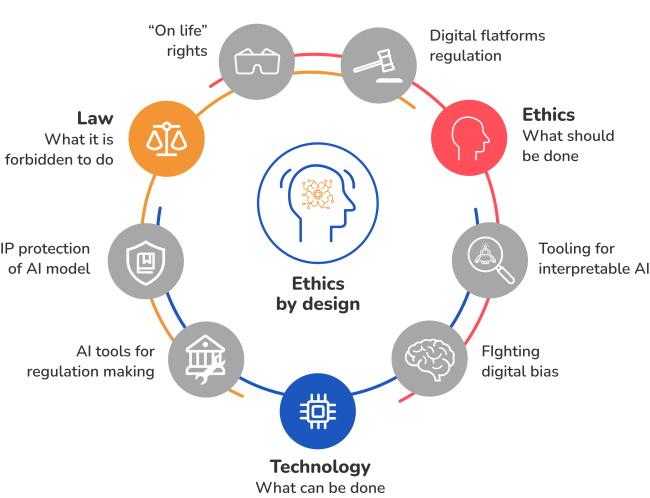
Navigating the Ethical Landscape of AI in Business Practices
As businesses increasingly integrate AI tools into their operations, it becomes crucial to address the ethical implications that accompany these technologies. Companies must be vigilant in implementing transparent algorithms and fostering a culture of accountability to prevent potential biases from influencing outcomes. Understanding fundamental ethical principles can help organizations navigate these complex waters effectively. Key considerations include:
- Data Privacy: Safeguarding customer and employee data while leveraging AI capabilities.
- Fairness: Ensuring that AI systems promote equality and do not reinforce existing social disparities.
- Transparency: Clearly communicating how AI tools make decisions to stakeholders.
- Responsibility: Defining who is accountable for the decisions made by AI systems.
Moreover, businesses should establish a framework that fosters ethical AI use. This could involve creating dedicated ethics committees or adopting industry standards that promote ethical innovation. Below is an illustration of potential governance structures that can help integrate ethical considerations into AI development:
| Governance Structure | Key Functions |
|---|---|
| Ethics Committee | Review AI implementations for ethical compliance |
| AI Audits | Conduct regular evaluations of AI systems |
| Stakeholder Engagement | Incorporate feedback from all affected parties |
To Conclude
As we stand at the precipice of a new era in business, the integration of AI tools is not merely a trend; it is fast becoming a fundamental aspect of organizational strategy and operational efficiency. From automating mundane tasks to enhancing decision-making processes, these tools are reshaping the way companies interact with their data, employees, and customers.
However, as with any powerful resource, the key lies in how we choose to wield it. Companies must harness these technologies thoughtfully, ensuring that they align with their core values and mission. In this dynamic landscape, the businesses that will thrive are those that embrace innovation while maintaining a human touch.
As we move forward, the potential of AI is limited only by our imagination. By integrating these tools wisely, we can not only optimize processes but also foster creativity and collaboration within teams. In an age where adaptability is paramount, understanding and implementing AI tools will be crucial for any forward-thinking business striving to stay ahead of the curve.
The future of business is not just mechanized efficiency; it is the harmonious blend of technology and humanity. As organizations embark on this transformative journey, the possibilities are boundless, and the path forward is one of endless exploration and growth.
